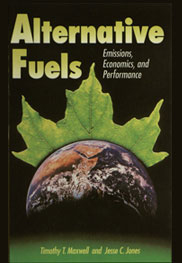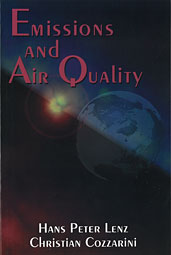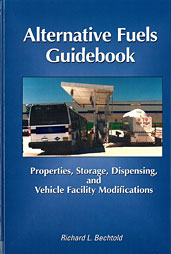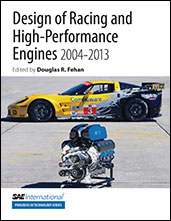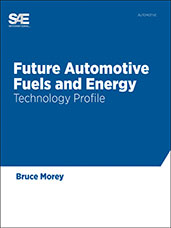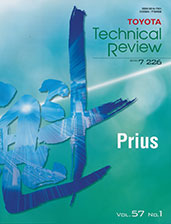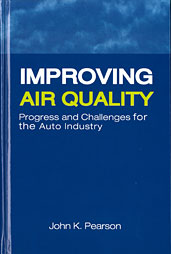Book

History of the Electric Automobile
1998-10-01
For more than a century, people have attempted to harness electricity, the clean and versatile fuel, for personal transportation. With impressive technical clarity and historical insight, author Ernest Wakefield reviews these attempts in History of the Electric Automobile: Hybrid Electric Vehicles. He focuses exclusively on electric vehicles that harness the potential of electricity when combined with another energy source - hybrid electric vehicles (HEV). The book details the historical development of capacitors, engines, flywheels, fuel cells, inductive charging, and solar cells - and the application of each to hybrid electric vehicles.
